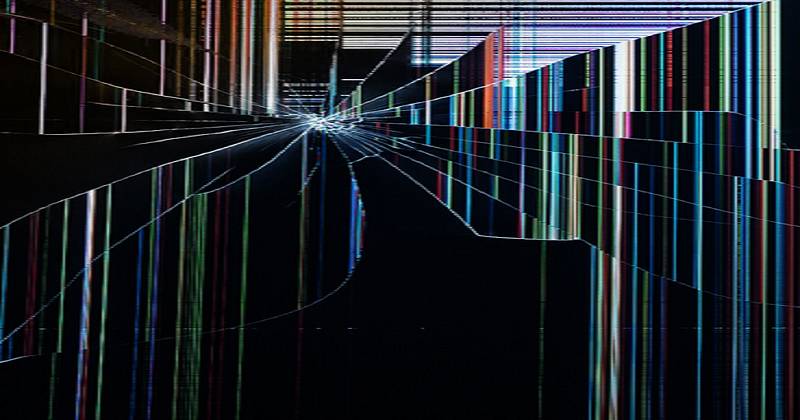
Researchers from the Indian Institute of Science Education and Research (IISER) in Kolkata and the Indian Institute of Technology in Kharagpur have developed a new class of materials that they claim can self-heal in milliseconds when fractured.
The study was also published in the prestigious Science journal of the American Association for the Advancement of Science. When highly crystalline materials are broken into pieces, the scientists claim that they can self-heal and re-join in a fraction of a second, and repair themselves so precisely that they are indistinguishable from the undisturbed materials. The researchers hope that their discovery will lead to a revolution in digital technology, such as broken gadget screens and other cutting-edge technologies.
According to the researchers, materials used in technology are subjected to mechanical impacts, which often render the devices irreparable. The team was inspired by the idea and went on a search for self-repairing materials that would allow the devices to last longer without the need for external intervention.
‘In the last decade or so, wound healing in living tissue and bone has inspired many synthetic self-healing polymers, gels, and other soft materials. However, because crystalline materials are rigid and prevent material diffusion at the damaged part due to dense and regularly arranged molecules, replicating such repair in them has remained a challenge,’ According to the team’s statement.
Professor C Malla Reddy and his team at Kolkata’s IISER developed a new class of solid materials with a head-to-tail (positive end-to-negative end) polar arrangement in the crystalline state that generates opposite electrical potentials at the fractured surfaces, earning him the prestigious 2015 Swarnajayanti fellowship from the department of science and technology.
These charges enable instant recombination and self-repair of broken crystals without the need for outside assistance. Fragmented pieces travel with a honeybee wing-like motion during the repair, according to the scientists, with acceleration comparable to diesel cars.
Professor Nirmalya Ghosh’s team at IISER used a custom-built state-of-the-art polarisation microscopic system to probe and quantify the structural order of piezoelectric self-healing organic crystals with nanometer-scale spatial resolution.
These crystals, which belong to a general class of piezoelectric materials, can generate electricity under pressure, heal, and retain their crystalline nature, which is important for many applications, according to the researchers. Transducers, mechanical sensors, energy harvesters, biomedical implantables, and other precision engineering applications use piezoelectric crystals. Professor Bhanu Bhusan Khatua and his IIT Kharagpur student, Dr Sumanta Karan, conducted piezoelectricity studies to assess the potential of these self-healing crystals for electricity generation and durability.

Post Your Comments